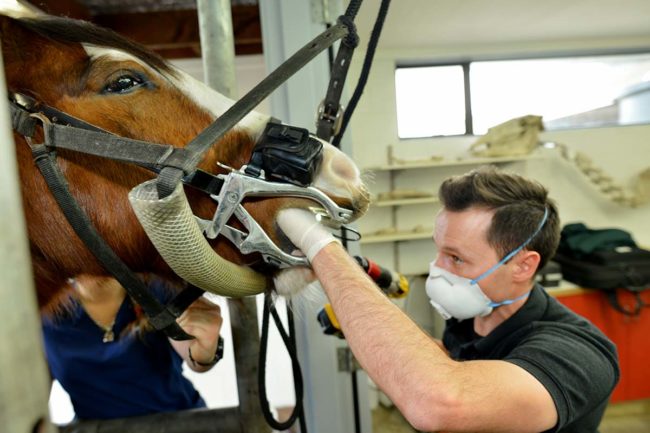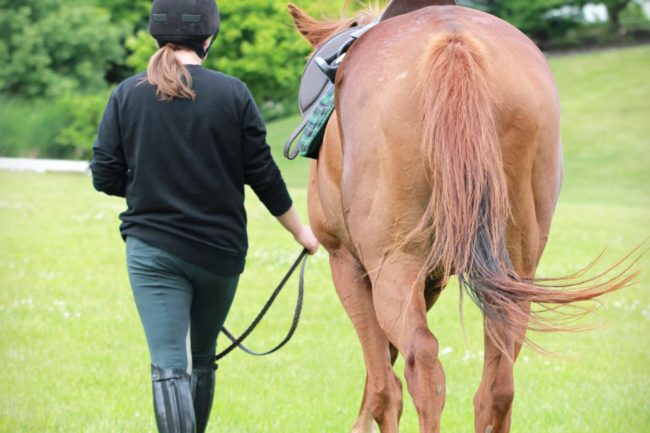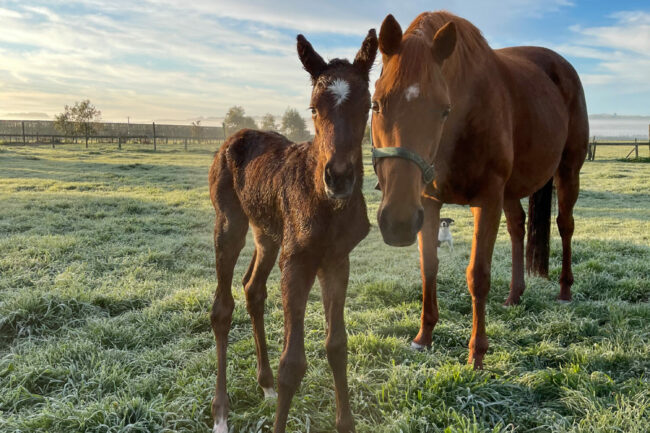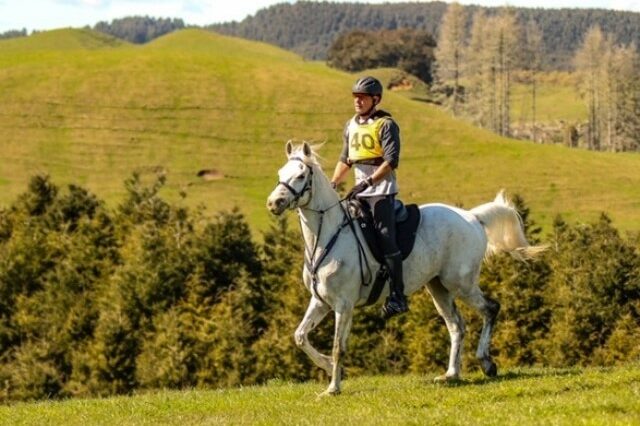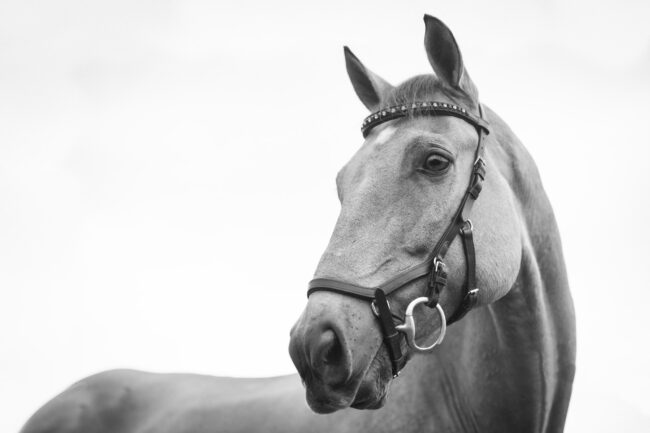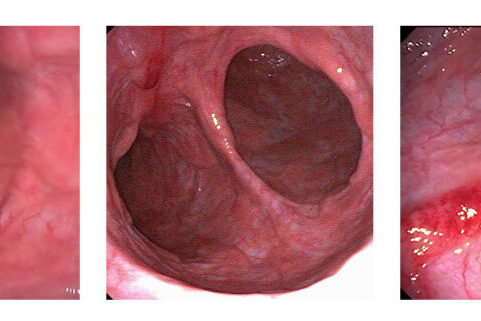ENCYSTED STRONGYLES – SMALL WORMS, BIG PROBLEMS
Johnny Atkins BVSc Vet Services Dannevirke ‘Small Strongyles’ or ‘Cyathostomes’ are the terms used for a group of over forty different species of parasites affecting horses. They tend to be the most prevalent parasite within the horses’ gastrointestinal tract and although small, heavy burdens can result in big problems! Unlike their cousins the ‘large strongyles’,…
Details




